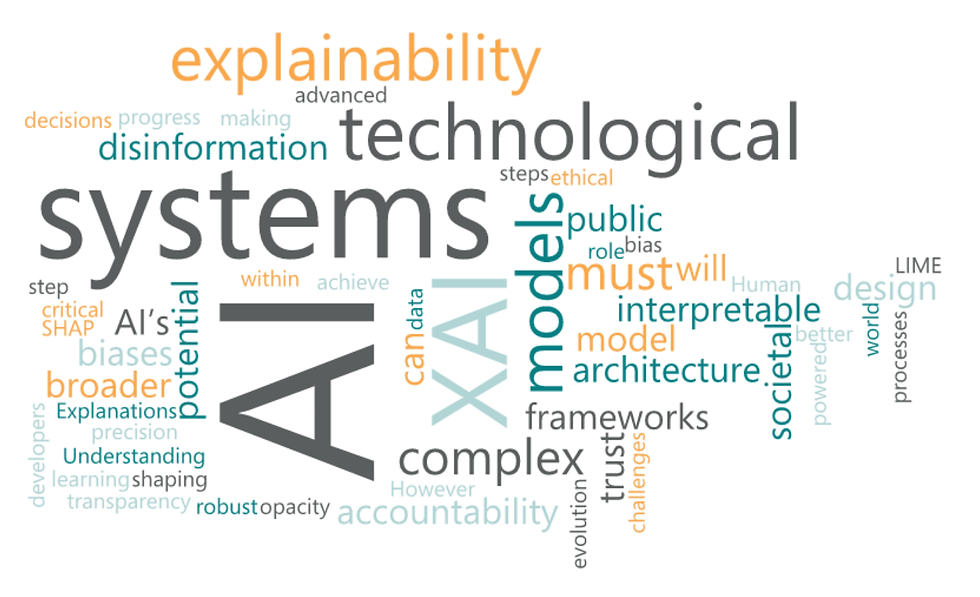AI in Creative Industries: Insights from the Cannes Design Sprint
- Prokris Group
- Mar 18, 2024
- 2 min read

I had the privilege of participating in a design sprint in Cannes, a hub known for its crucial role in the creative economy. This event, held at Cannes Bastide Rouge's centre of excellence, brought together a diverse group of professionals from across Europe—42 filmmakers, musicians, tech experts, visual designers, and producers from 10 countries. Our collective goal was to explore and harness AI tools' potential to revolutionise creative workflows.
As a keynote speaker, I was pleased to discuss my journey of incorporating AI into filmmaking. I highlighted the shift towards viewing generative AI as a helpful component in the creative process. By utilising AI's unique strengths alongside filmmakers' imaginative visions, we could open the door to innovative storytelling methods, adding depth and intricacy to narratives that were once limited by time and budget constraints. This would encourage innovation and expand the scope of creative possibilities.
I was excited to premiere two of my latest projects—a documentary examining the transformative role of generative AI in filmmaking and a nature-inspired experimental film called “Synthesis” created entirely using AI. The screening set the stage for a panel discussion on AI's multi-dimensional role in the creative industries, highlighting its challenges and benefits.
The design sprint was a melting pot of ideas. We exclusively used AI and emerging technologies to tackle creative challenges. It was an opportunity for participants to dive deep into the realm of digital innovation, using design thinking to generate innovative solutions rapidly.
One of the sprint's pivotal moments was the collaborative effort on various projects that leveraged AI tools. This collaboration across disciplines underscored AI's power to streamline time-consuming processes, allowing creatives more freedom to explore and innovate. Our final project outputs were a testament to the collaborative potential between humans and AI.
We all witnessed and experienced the potential and challenges of technological advancements. Those tools can offer us a new way to approach filmmaking and storytelling, enhancing our capabilities, refining editing processes, enhancing visual effects, and supporting script analysis and storyboarding. This synergy between human creativity and AI opens up unprecedented possibilities for cinematic storytelling.
Yet, it also sparked lively debates about AI's implications for creative professions, particularly around copyright and the essence of creativity itself. These discussions were not just theoretical; they touched on fundamental concerns about the future of creative jobs in an AI-driven world.
The debates at the design sprint reflected broader industry concerns about AI-generated art's ownership, classification, and the transparency needed towards audiences. The potential for AI to replicate artistic styles in minutes raises critical questions about the value we place on human skill and creativity.
This event was an excellent opportunity for a constructive dialogue about the future of creative professions in the age of AI. It highlighted the need for a balanced approach that recognises AI tools' opportunities and challenges.
Many thanks to all the talented and passionate individuals who made this design sprint an unforgettable experience. The connections formed and the ideas sparked are just the beginning of what I hope will be a long and meaningful conversation about AI's role in the creative industries.










Comments